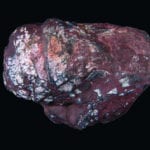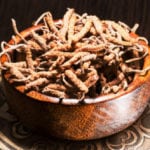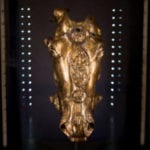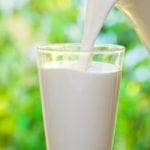 Weird Stuff
Weird Stuff  Weird Stuff
Weird Stuff  Our World
Our World 10 Ways Your Christmas Tree Is More Lit Than You Think
 Movies and TV
Movies and TV The 10 Coolest Stars to Set Sail on The Love Boat
 History
History 10 Things You Didn’t Know About the American National Anthem
 Technology
Technology Top 10 Everyday Tech Buzzwords That Hide a Darker Past
 Humans
Humans 10 Everyday Human Behaviors That Are Actually Survival Instincts
 Animals
Animals 10 Animals That Humiliated and Harmed Historical Leaders
 History
History 10 Most Influential Protests in Modern History
 Creepy
Creepy 10 More Representations of Death from Myth, Legend, and Folktale
 Technology
Technology 10 Scientific Breakthroughs of 2025 That’ll Change Everything
 Weird Stuff
Weird Stuff Ten Bizarre Facts About The Doge Meme
 Our World
Our World 10 Ways Your Christmas Tree Is More Lit Than You Think
 Movies and TV
Movies and TV The 10 Coolest Stars to Set Sail on The Love Boat
Who's Behind Listverse?

Jamie Frater
Head Editor
Jamie founded Listverse due to an insatiable desire to share fascinating, obscure, and bizarre facts. He has been a guest speaker on numerous national radio and television stations and is a five time published author.
More About Us History
History 10 Things You Didn’t Know About the American National Anthem
 Technology
Technology Top 10 Everyday Tech Buzzwords That Hide a Darker Past
 Humans
Humans 10 Everyday Human Behaviors That Are Actually Survival Instincts
 Animals
Animals 10 Animals That Humiliated and Harmed Historical Leaders
 History
History 10 Most Influential Protests in Modern History
 Creepy
Creepy 10 More Representations of Death from Myth, Legend, and Folktale
 Technology
Technology 10 Scientific Breakthroughs of 2025 That’ll Change Everything
Top 10 Really Weird Facts About Poop
Everybody poops, but not everybody poops the same. And not everybody does the same things with it. Nature has developed a number of usual ways of dealing with number two in order to make sure that poop doesn’t end up as just waste, but a useful tool. Even what people do with animal poop can be just as surprising as it is disgusting.
10 Gross Cases Of Serial Pooping
10 Baby Birds Poop In Their Parent’s Faces
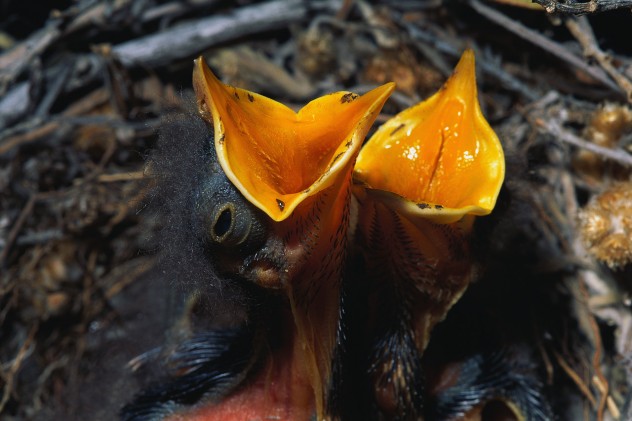
Many altricial baby birds (birds that require constant care in the nest) create what are called fecal sacs. Their intestines encase their poop in a strong membrane, almost like a built-in poop bag. When one of these baby birds poop, they aim their butts towards their parents so that mom and dad can pluck it right out of their behinds to either eat it, or fly it away to keep the nest clean.
When a baby bird is very young, it’s digestive system is too weak to digest a lot of what they eat, so their poop retains a lot of undigested nutrition. Essentially, by pooping, they are making a healthy snack for their parents. As a baby bird grows older, however, the bacteria in their guts becomes stronger, so mom and dad stop eating their kids’ poop. (Although some species eat their baby’s poop throughout the entire nesting period.) Yum!
9 Some Baby Animals Need to Eat Their Parent’s Poop
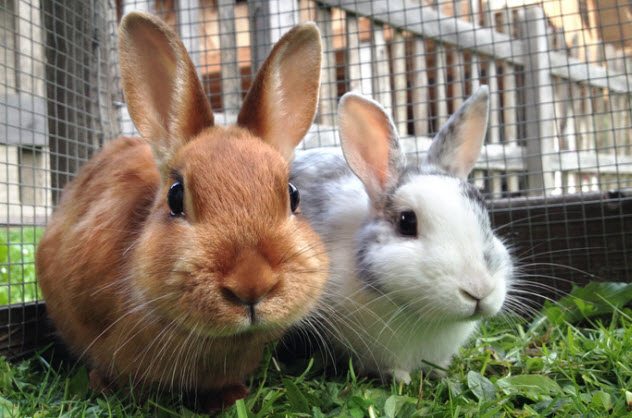
If you have a pet rabbit, you may have seen them eat their own poop. They are notorious for snacking on their own excrement because their digestive tract is not strong enough to get all their food’s nutrients in one go. So, when rabbits eat their own poop, they’re just making sure that none of their poop’s nutrition goes to waste. But a problem some rabbit breeders have is that mommy rabbit will often feed her own poop to her babies. In this case, though, researchers believe that it’s probably not nutritional, but a matter of bacteria.
Baby rabbits, like pandas and hippos, benefit from eating their parents’ poop. The bacteria in a species’ gut biome tends to only exist inside that particular species’ digestive track. The only access baby animals have to the bacteria they need is their parents’ poop, so they eat mom’s number two until their own gut biome is strong enough to digest their meals.
8 Four Foot Poop Squirts Turns Into Laughing Gas

Like some birds create fecal sacs to keep their nest clean, penguins have their own method of housekeeping. Scientists recently did a study of penguins’ rectal pressure and determined that they can eject their poop with such force that, theoretically, they can squirt it four feet away. Researchers found that a penguin on the ground can launch their watery poop about .4 meters, but put them on an elevated area and you can get a whopping four feet of poop squirt.
Penguin poop also consists of a great deal of nitrogen due to their diet. When they poop onto the soil, bacteria converts it into nitrous oxide. Nitrous oxide is commonly known as laughing gas, which dentists sometimes use during procedures. It is not an insignificant amount that penguins create, either. Researchers studying king penguins in Antarctica began “going cuckoo” after hours wading through guano, feeling nauseated and getting headaches.
7 Poop Into Paper
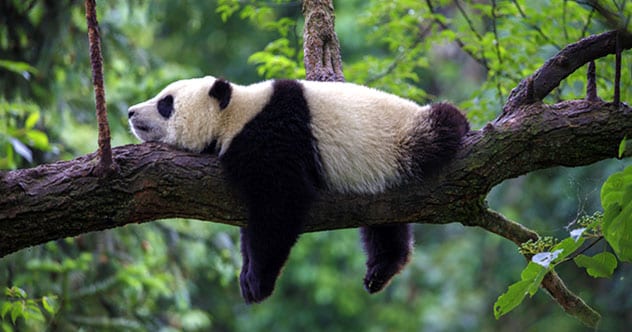
Pandas pretty much spend the entire day eating, which means they also spend a lot of time pooping. Pandas can create upwards of 10kg (22lbs) of poop per day. For panda conservation centers and zoos, disposing of the immense amount excrement can get expensive. While looking for a way to mitigate the cost of panda’s prolific colons, they took a page from elephant conservatories.
Elephants produce as much as 50kg of poop per day, and a lot of it is fibrous plant material. Once their dung undergoes sanitization, the fibers can easily be turned into paper, and then sold. Due to panda poo’s composition being 70% indigestible bamboo remains, it can likewise be made into a variety of products, including toilet and tissue paper. And who wouldn’t want to wipe their own behind (or their nose) with what came out of a cute animals’ butt? Right?
6 Hippos’ Massive Poop Kills Fish

If you’ve ever seen a hippo poop on land, you’d better keep your distance, because they wag their tails to spray their poop over 10 meters away. Hippos do this to mark their territory. But as gross as this is to humans, it’s when they poop in the water that causes harm—to fish, at least.
As one of the largest land animals in the world, hippos make a lot of poop. While they graze on land at night, they actually spend a lot of their time in the water during the day to avoid the sun. And they poop in the water, a lot. Scientists studying the hippos in the Mara river on the border of Tanzania and Kenya calculated that the 4,000 strong hippo population poops out about 8,500kg of dung a day into the waters. The waste accumulates on the river’s bottom, and during the dry season, the water fills with toxic chemicals from all the poop. Bacteria eat all those nutrients, but also use oxygen that fish need to breathe. An especially heavy rain can churn up the poop mud on the bottom and send it downstream in a “flushing flow” that suffocates massive amounts of fish.
That was the theory, at least. In order to confirm it, researchers collected 16,000 liters of hippo poop water and trucked it to a pool that was used by hippos. They sandbagged off a portion of the pool, and then dumped in their soiled water. Removing the sandbags released the hippo poop, simulating a flushing flow, and they were able to record the large drop in oxygen they expected.
5 The Poop Dance of the Sloth
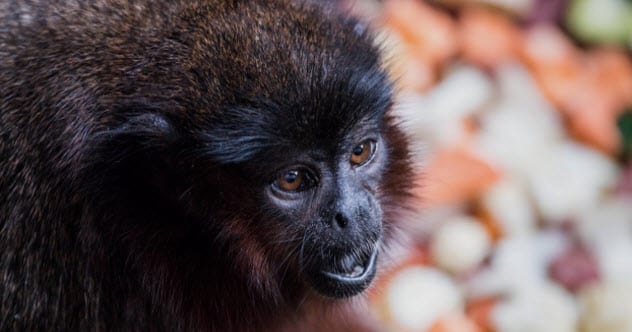
Sloths are slow, and that extends to their digestive tracts as well. Sloths can take up to a month to digest what they eat. And because their digestive system moves as slowly as the rest of them, they only need to poop about once a week. But when they go, they go.
When a sloth poops, it can lose up to a third of its body weight. That’s akin to the average human pooping out about 20kg (or 45 pds) in one sitting. About half of sloth deaths happen outside of their trees, but for some reason, they climb all the way down from their high perch to do their business.
Once down, they scrape away dirt to dig a little hole, poop while standing upright, then cover the hole back up in a ritual likened to a “poo dance.” Some scientists believe that sloths go through so much trouble to go number two because it gives moths that help camouflage their fur a place to lay their eggs, but not all scientists have reached a consensus on this. They do agree, though, that such a dangerous behavior must have an extremely good evolutionary reason.
4 Pasty Butt, Killer of Baby Chicks
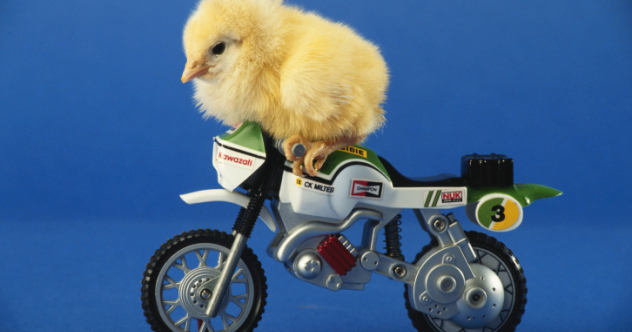
One of the most common medical reasons that a baby chick doesn’t make it to adulthood is a condition called pasty butt. Baby chicken’s digestive tracts are still developing, and are not always strong enough to digest their food properly. When a baby chick is put under prolonged stress, their poop can become just the right consistency to get stuck in and around their vents.
Pasty butt is when all that poop stuck to their behinds clogs them up. They become unable to defecate, and the poop backs up into their digestive tract. Since they are unable to eliminate waste, a chick that develops pasty butt will generally die within two days if left untreated.
Fortunately for baby chicks, death by constipation is easy enough to avoid with a simple warm washcloth to clean off their little derrieres. In particularly intense cases, a gentle massage might be necessary to evacuate any stubborn poop. It’s also not a bad idea to put some vaseline on their tiny butts afterwards, since, as we mentioned in another article, chickens are cannibals. Their exposed, possibly damaged vents might encourage other baby chicks to peck at the constipated chick’s butt until it dies.
3 Poop, Cubed
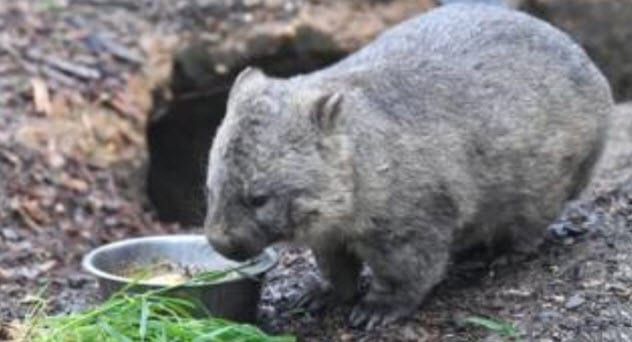
The shape of poop is not something that comes to mind very often, but if we do stop to consider the shape of waste, cubes probably aren’t our first image. For wombats, however, having cube-shaped poop makes their lives much more convenient.
Wombats communicate with their poop. They are burrowing creatures, and stack their poop up as high as they can on the surface to advertise their presence to other wombats. A wombat’s tiny poop mountain is like a smelly flag telling other wombats that they are there, which can help when mating season comes around. Having cube-shaped poops makes saying “hello” in wombat much easier since their poop won’t roll around and send their fecal mountain toppling over.
That said, they are the only animal scientists know of to have cubed poop. It was a mystery, albeit a mystery few cared enough about to solve. Fortunately for the world of wombat defecation, a few scientists were up to the task. They found that while the fluid in the wombat’s digestive tract solidified in the last 25% of their intestines, the elasticity of the last 8% varied in such a specific way that it turned their poop into cubes. Evolution at its finest.
2 Mandrills Use Poop to Social Distance
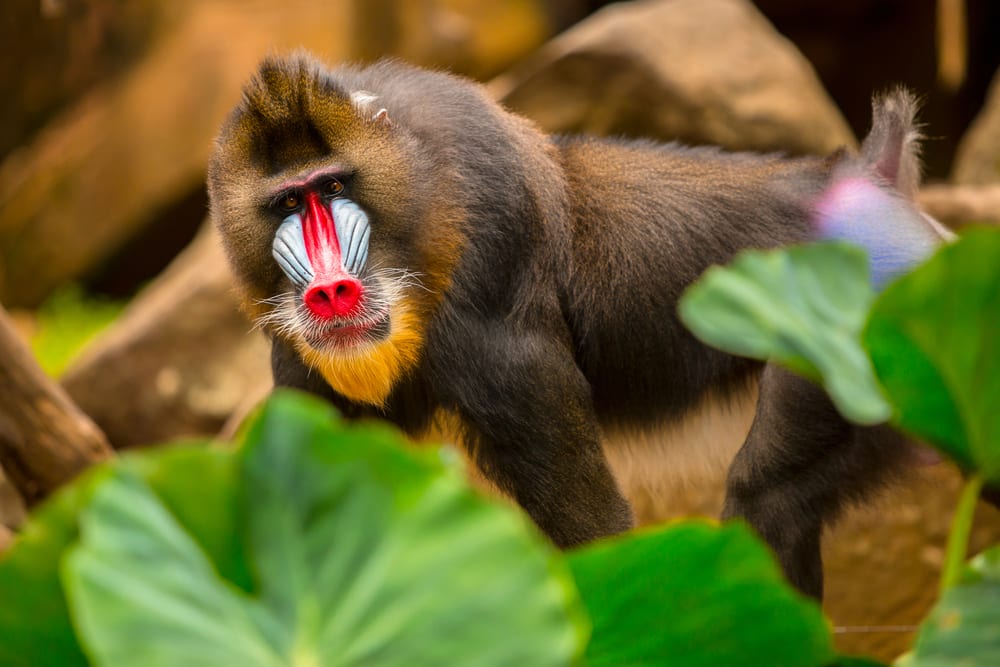
With the coronavirus in many parts of the world at the time of this writing, societal distancing has never been more widespread. But keeping your distance from an individual showing symptoms of disease is not something only humans do. Mandrill monkeys have been social distancing for ages. They live in extremely large groups, and they sniff each other’s poop to know who to avoid.
Mandrills can become infected with a parasite that changes their body odor, and the change in scent also affects their poop. A quick sniff of another monkey’s poop is enough to tell if they are infected or not. If a mandrill picks up the scent of infestation in another’s number two, they start social distancing.
While they avoid the infected monkey in general, they don’t completely shun them. They will still break monkey quarantine in order to give them the occasional grooming. They just keep away from their anal area to avoid consuming any of the parasites. Maybe it’s just the mandrill equivalent of wearing a mask.
1 The Poop at the Bottom of the Sea
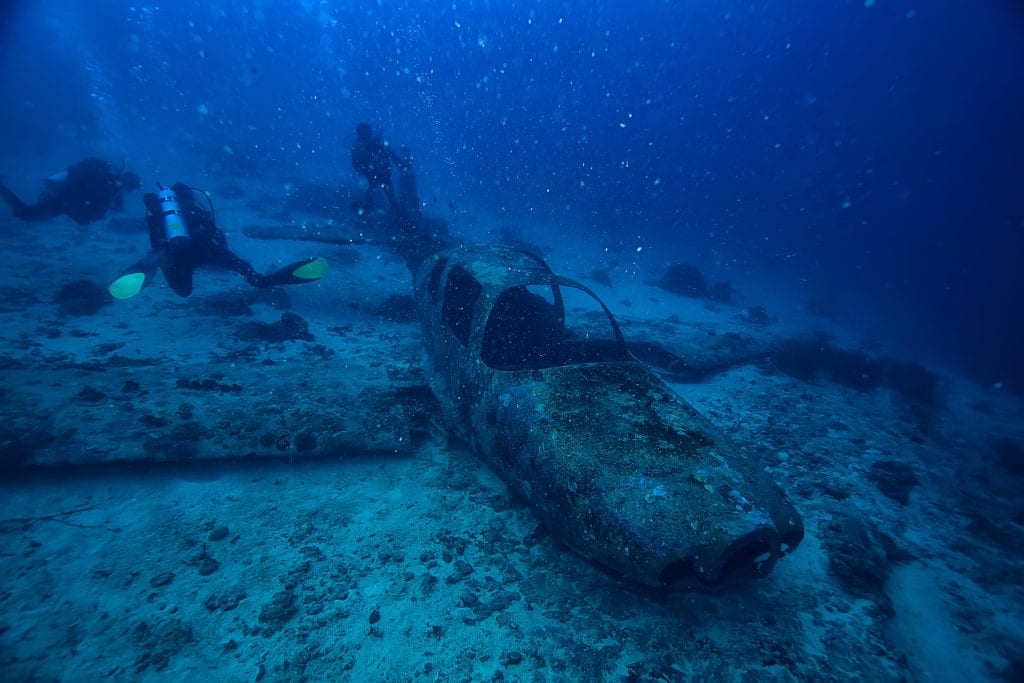
When scientists started studying the deep sea, they noticed white detritus falling like snow throughout the waters. Calling it “marine snow” because of its similarity to above-ground participation, they realized that it was all the organic material from the upper reaches of the ocean making its way slowly to the depths. Marine snow consists of dust and sand, but also dead plants, animals, and copious amounts of marine poop.
Marine snow takes weeks to reach the bottom of the ocean and is estimated to cover three fourths of it. At the bottom it turns into an “ooze” of corpses and poop that accumulates at a rate of about six meters every million years. Considering how long the earth’s ocean floor has been serving as the planet’s graveyard/toilet, you can imagine just how much of our planet is lined with a thick layer of ancient corpse poop.
10 Things Your Poop Can Teach You
About The Author: Mike lives on the East Coast and pays too much for beach parking.
